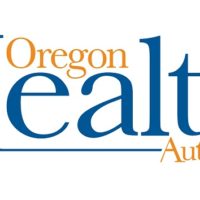
Providence nurses across Oregon are going on strike on Tuesday. It could be one of the biggest nurse strikes in state history.
More than 3,000 nurses represented by the Oregon Nurses Association will conduct a three-day work stoppage at six Providence hospitals.
Whitney Evans, operating room charge nurse at Providence Medford, said the strike is not just about wages, but the hospital system’s failure on the state’s new Safe Staffing Law, the need for more paid time off and increasing costs for health care.
“All of those things put together create a comprehensive package that will be able to not only bring in new or even experienced nurses but help to retain them,” Evans pointed out. “So that we’re not having this ad nauseam train and release cycle.”
Nurses are striking at Providence hospitals in Hood River, Medford, Milwaukie, Newberg, Oregon City and Saint Vincent in Portland. Providence said it offered wage increases of 10% in the first year of the contract across the six hospitals. The health system noted it has replacement workers and it will not negotiate during the strike.
Denise Arnold, an intensive care unit staff nurse at Providence Newberg, said health care costs for her and her daughter mean she has sent $1,000 back to Providence every month this year to pay for care. She also has concerns about the plans Providence has set up under the new Safe Staffing Law, which went into effect June 1.
Arnold explained nurse-to-patient ratios in the medical-surgical unit at her hospital were one to four for day shift nurses, but Providence’s new plan makes it one to five, both day and night.
“What used to be once in a blue moon, maybe once a month you would have five patients and go home totally exhausted, dripping sweat, you didn’t get any breaks because it’s just too much is now becoming common, near daily experience,” Arnold asserted.
Nurses want the ability to fight staffing ratio changes included in their contracts but Providence has rejected it. Arnold added nurses deserve more respect than they’re getting, especially because their job is so crucial.
“We’re that final safety line,” Arnold stressed. “It is so important that we have the time to look at the chart, review and make sure we are that last safety line for the patient.”















